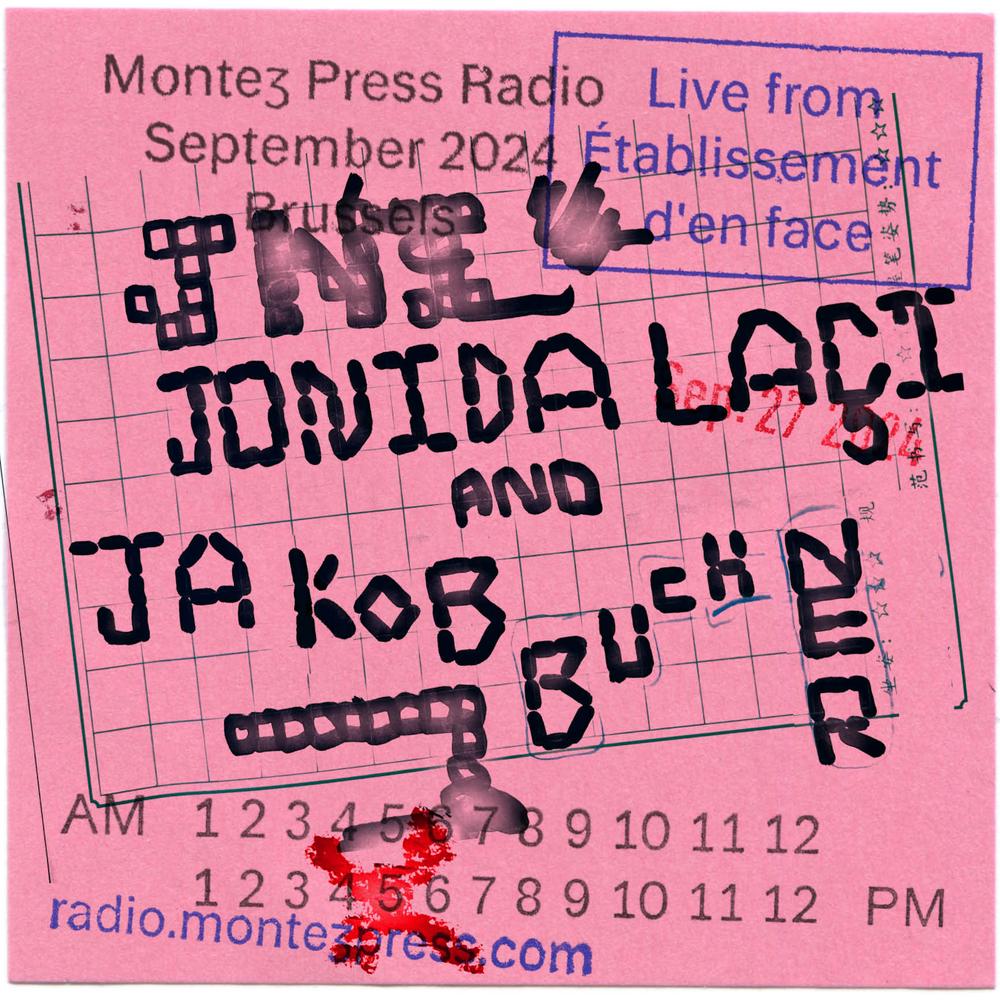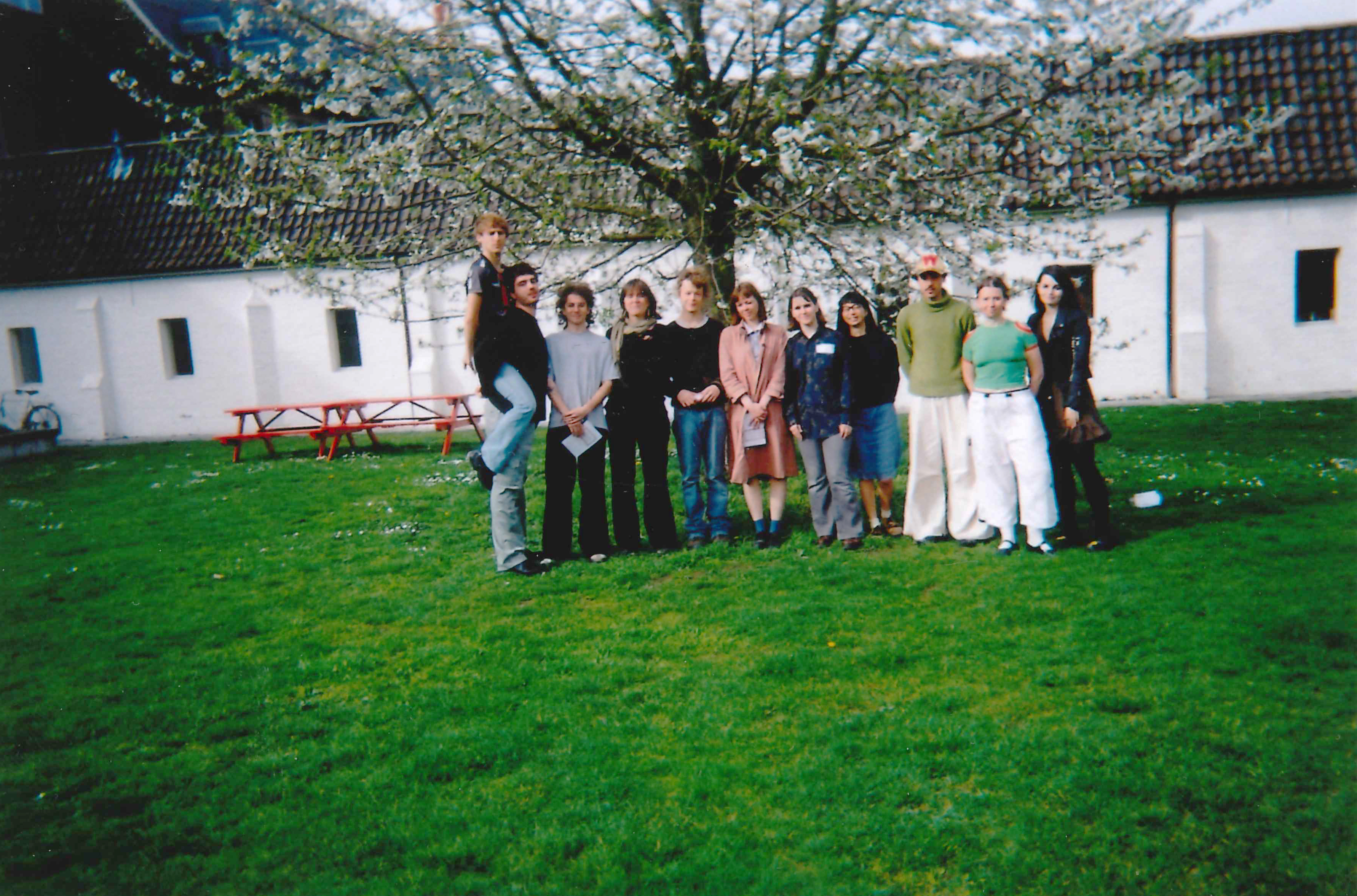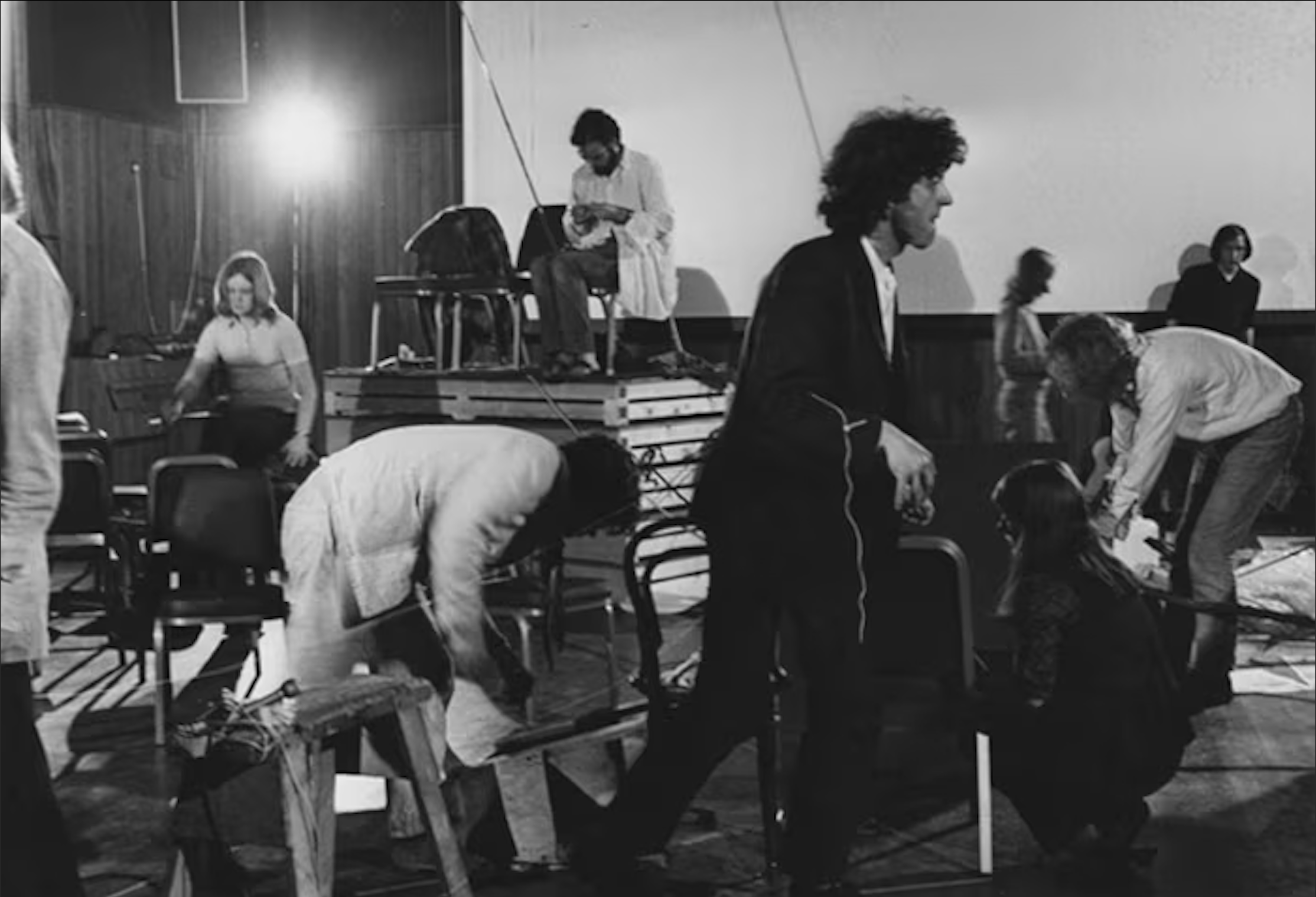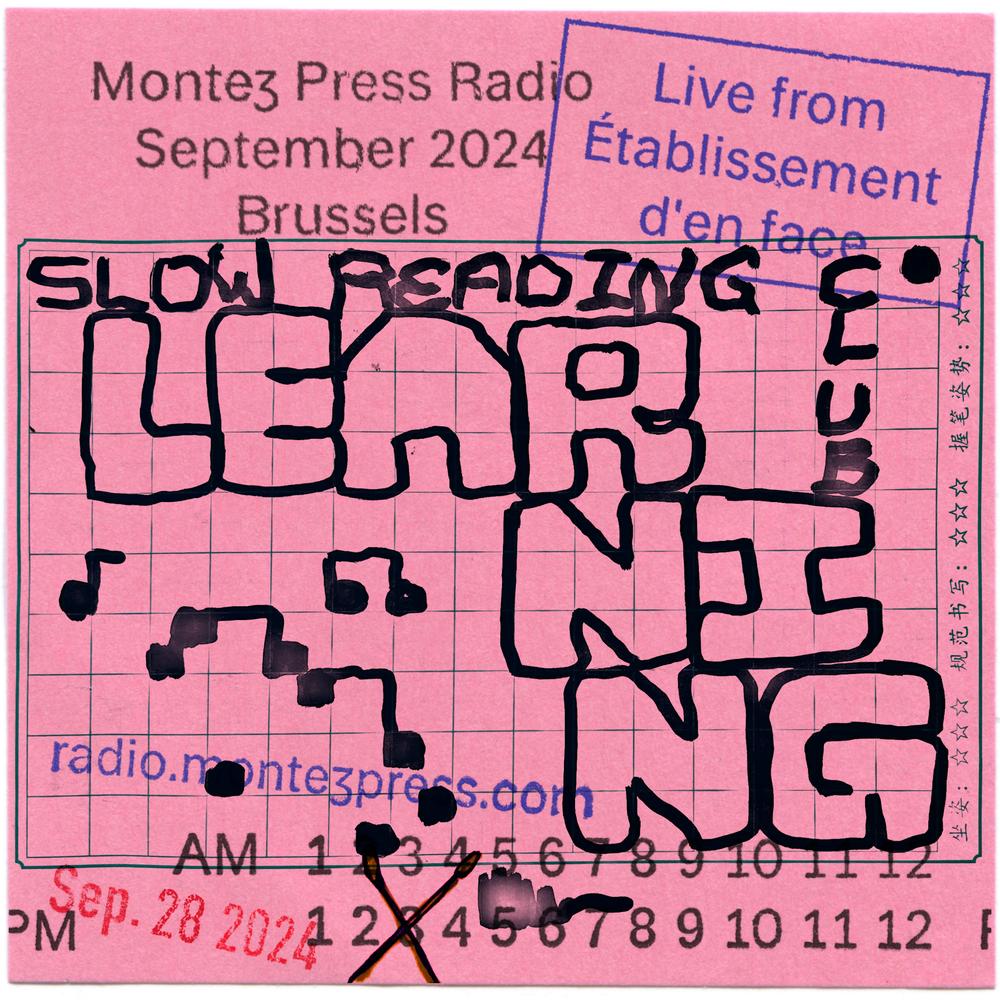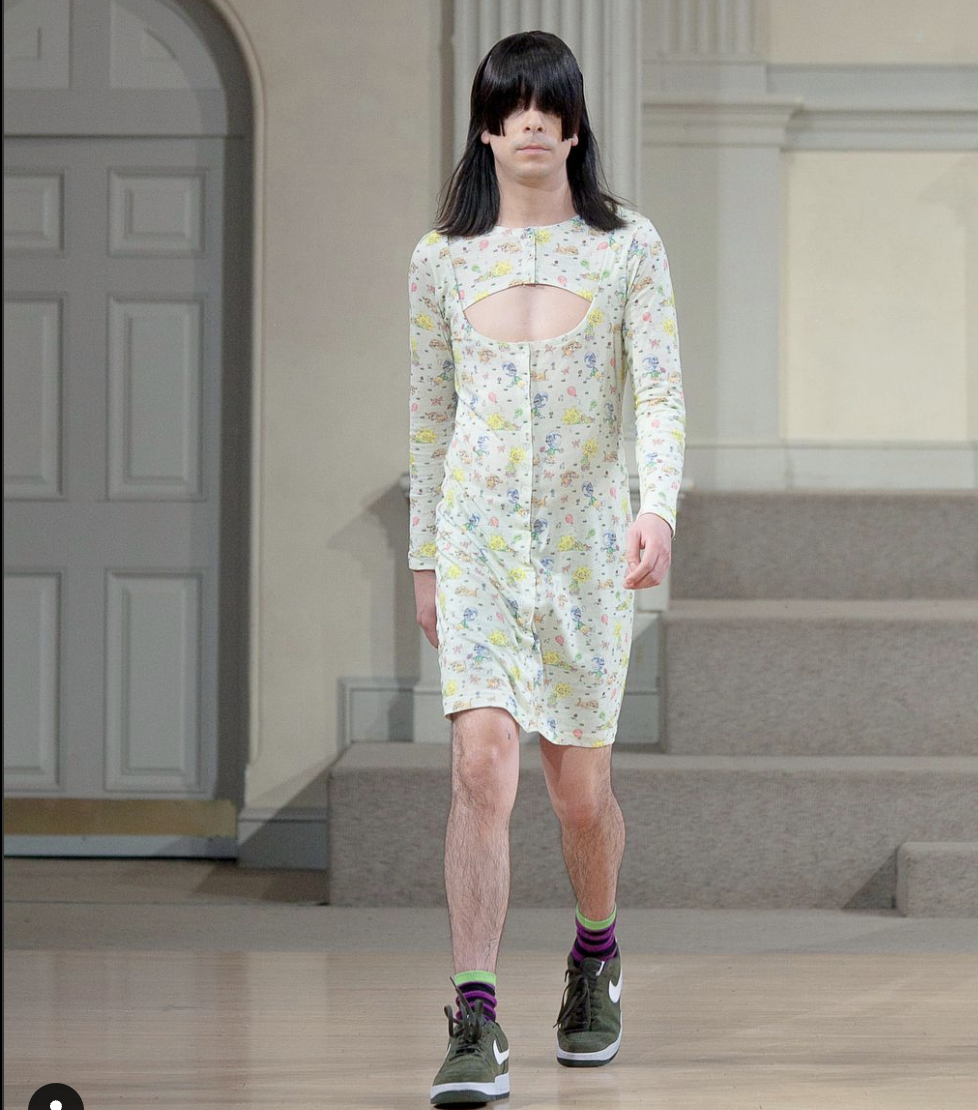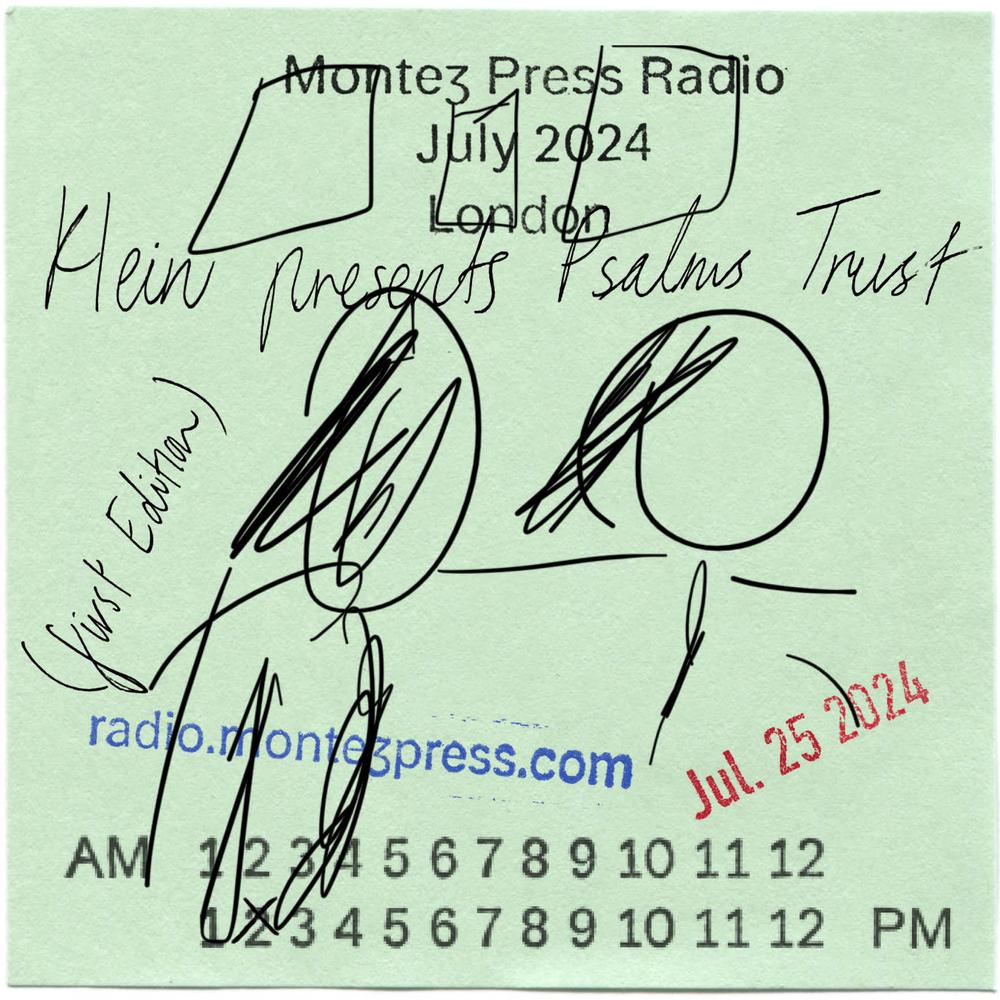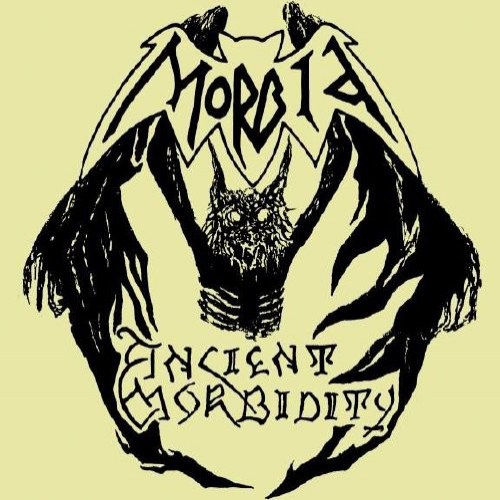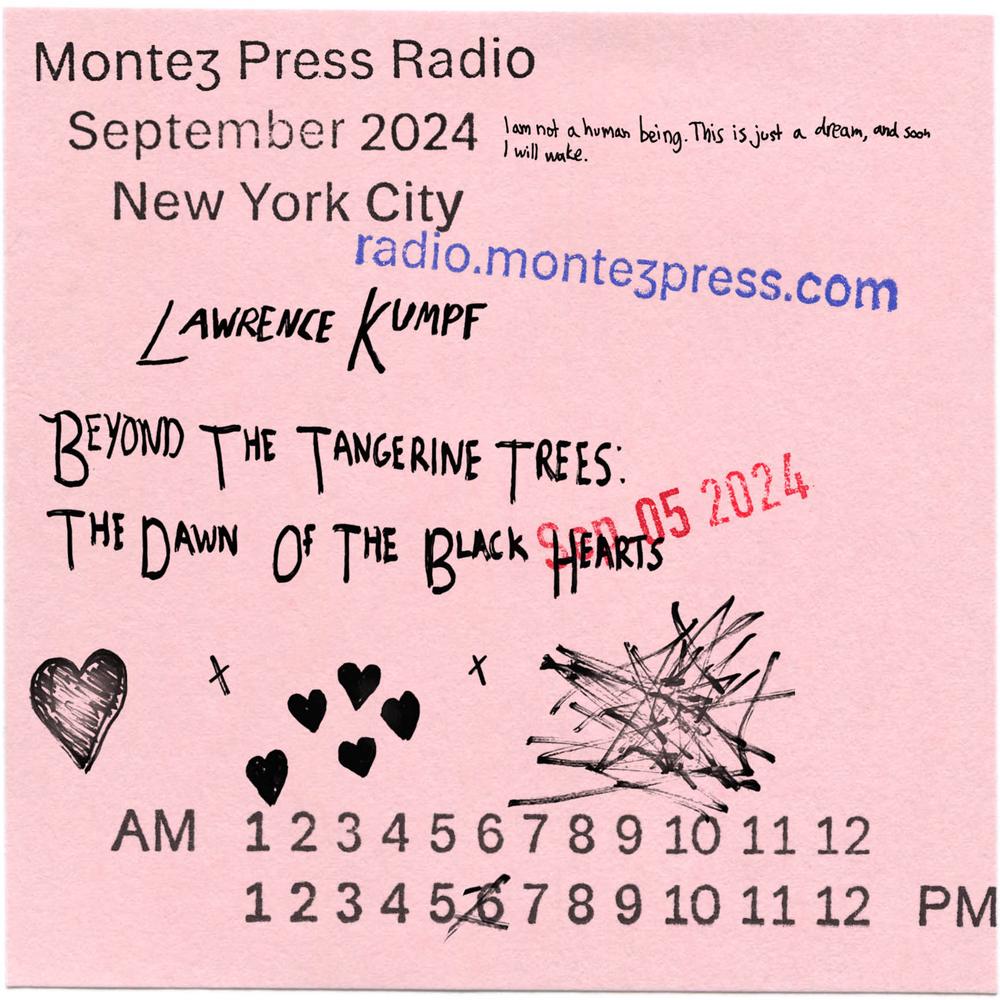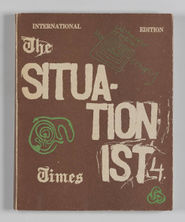Wednesday, October 16, 2024 by DJ Uncertain #music #readings #art
Jonida Laçi and Jakob Buchner: How to end a series?
The Moldy Toasts
Once upon a time, there was a baker who lived in a small village in the Pyrenees. The village was situated on an important road connecting France and Spain. However, because twenty years ago a tunnel was dug through the mountain, which diverted all the heavy traffic, hurried tourists and business travelers, only few nostalgic nomads ventured into the village. Mostly those who have been traveling the mountain route for years and didn't want to miss the breathtaking panorama of the crossing.
The baker, who had taken over the business from his family 380 years ago, had seen his customer base decline significantly since the traffic diversion was completed. Initially, connoisseurs of this road were still willing to endure the hardships involved in driving to visit the bakery, which used to also house a small café with services. Especially the sandwiches made with the bakery's own toasted bread were known far beyond the regional borders. Back then, the baker employed several workers, all of whom had since been made redundant due to the decline in business. For the much smaller number of customers he only baked one loaf of bread, which he would cut into ten slices. But even for this small quantity of bread, he could no longer find buyers.
As an act of frustration with the changing times, he eventually took the last remaining four slices of bread and displayed them prominently in the shop window, exposing them to decay. As he himself decided to withdraw from life in the expectation it would soon end.
Until one day, a sudden loud banging noise interrupted his lethargic state; someone was hammering on the door of the bakery with enough force that it could be heard in the apartment above. It was a young, lively businessman who could hardly contain his excitement. He told the baker that the now mint-green moldy slices of bread on display at the bakery were the most beautiful thing he had ever seen and he wanted to buy them all, no matter the cost.
Delighted by the prospect of business, the baker quoted an extortionate price and also mentioned that he had another eight mint green moldy slices that he just needed to find in the bakery's storage.
The unexpected guest was in a hurry and had no time to wait, but explained that he would be passing through again in four weeks to then buy all the twelve slices of bread.
Once the businessman had left, the baker threw up his hands in despair. "How could I!“, he cried. How was he to achieve the same level of mould within just four weeks if it would usually take months to complete? Those eight slices of bread didn't even exist yet.
'Making a virtue of necessity' is what came to his mind. So he started preparing the dough to form and bake multiple loaves of bread, to later slice and place them in the display of his shop window. After seven days, he gave up this attempt and resigned himself once again to waiting for the end of his life.
Just then the next idea struck him: He rushed into the bakery, baked more bread, packed it into his car, and drove as fast as possible to the nearest city. There, he sought a biologist working at the university. He explained his predicament and asked for her help in replicating the existing moldy slices of bread - again: no matter the cost.
The biologist swiftly began her work, starting with the cultivation of various strains of fungi and bacteria.
After a week, she presented her results. But the disappointment was great as the color difference compared to the existing slices was clearly visible to the naked eye.
In the next attempt, the biologist began by meticulously analyzing the existing mould, culturing it separately on a different medium, and then inoculating the bread slices. This effort also failed.
It was only when the biologist together with the baker replicated the bakery's climatic conditions in the lab that they successfully inoculated the toast slices to achieve satisfactory results.
The baker raced back to the village with anticipation, where he installed all twelve toast slices in his display. (Jakob Buchner, 2024)
The Way to Work
The other day, a friend and I went to the Mariage Frères tea shop in Paris to buy a teapot. We were served by a very polite shop assistant who helped us through each step of the sales process so gently and thoughtfully that we ended spending one hour there.
My friend and I started to play a game: looking at the wide variety of teapots differing in material, shapes, and colors, we tried to assign each model to one of our friends.
Amidst the impressive selection of iron, glass, and porcelain teapots, which appeared in nuanced colors and in every conceivable shape, we lost ourselves in the joy of play.
This tea shop game could also be taken a step further: I imagine myself buying the entire selection of teapots, placing them on the shelf next to my bed.
Upon waking up, I would converse with myself and the collection of teapots, considering which teapot best suits my state of mind and the plans scheduled for the day. Maybe, the dainty round one made of glass with the wing-like handle or rather, the heavy one made of cast iron in matte black?
After a while, I would come to settle for a selection of three to five teapots, which I would use throughout the week.
Due to laziness, I would sometimes use the same pot for an entire week. And occasionally, I would rearrange the entire shelf to create new focal points, accent rarely used teapots, or to make room for newly acquired specimens.
Today, on my way to work, I had to change the side of the street because of a construction site. Coincidentally, I met a friend on this other side. We used to study together and haven't seen each other in years. I told him about the new herbal tea I had tried earlier in the morning. For this tea I was looking for a special porcelain teapot among my collection.
When I had found it, I had to think of him, I told my friend. (Jakob Buchner, 2022)
--
Sugar Water — Cibo Matto
Never an Easy Way — Morcheeba
Memory of a Free Festival (The Sunday Show, recorded 70-07-05) — David Bowie & The Tony Visconti Trio
Watching Me Fall — The Cure
Overture / Going Through the Motions — Buffy the Vampire Slayer Cast
Buffy the Vampire Slayer Intro Song
All songs from the soundtrack of Buffy the Vampire Slayer.
Wednesday, October 2, 2024 by DJ Uncertain #music #art
Slow Reading Club: Students in Ghent rehearse Cornelius Cardew's Marxist choral work from the 1970s
Henry Anderson:
"For this segment, I’m going to play a recording of a student choir.
I put this choir together, together with the other half of Slow Reading Club, Bryana Fritz, and together with our frequent collaborator Charlie Usher for a project in Ghent in the first half of the year.
The choir is mostly made up of art students in their early 20s. Most have no experience with singing and almost all are unable to read music. They sing a kind of “cover version” of a 1971 choir work by Cornelius Cardew, though we altered the piece our needs and the interests of the students involved.
In 1974 Cornelius Cardew, the British marxist composer, gave a performance of several of his most seminal works. Accompanying this performance, as a second act, he gave a lecture on what he saw as the works’ shortcomings. Principal amongst their failures, was an inability to escape the dynamics of bourgeois art consumption. Despite his autocritique, Cardew did not choose to reform the works, nor did he take them out of circulation, but decided instead to use the circulation of his works to mount a critique of their functions. The work plus the critique of the work. The work as a container for its own criticism.
Over four evenings in Ghent, together with a chorus of students from the art school, we rehearsed a cover version of one of Cardew’s choir works; Paragraph 7 of The Great Learning, from 1971. The score calls for amateur singers. It functions as an open set of rules and relations between singers, both spatially and vocally. Rhythm is defined by the breath lengths of the singers and harmony is a result of each person adjusting to their neighbours. There is no requirement to read music notation or to be able to accurately sustain a pitch. The rehearsal of Paragraph 7 is not secondary to the piece; the act of gathering to speak and collectively negotiate the score is the piece more so than any specific sound image produced by singing. Sometimes the principal value of a public performance is that it produces the need for rehearsal.
What is interesting in practicing the score (rather than studying it) is the strange, collective attention it requires to enact. The virtual model of the score that exists in reading is almost impossible to sing, especially for the amateur singers that it calls for. But in earnestly attempting to realise it, something else happens. In many ways, rehearsing the piece became for us an exercise in getting comfortable with dissonance. It served as a continual reminder that it is possible to sustain an intensified being together without arriving at (even by avoiding) resolution and consensus. How this acceptance unfolds through rehearsal, in relation to the score, might be said to constitute the politics of the piece.
In 2011 Aaron Swartz, an associate researcher at MIT, was apprehended in a supply closet where he had left a laptop running a custom Python script, programmed to automatically download tens of thousands of .pdfs from JSTOR. JSTOR is a proprietary library for academic writing, accessible by subscription. In the ensuing trial, federal prosecutors argued that these files were destined for mass distribution, that Swartz had planned to impinge on JSTOR’s profits by making all the files freely available online. In making their case, they relied heavily on “The Guerrilla Open Access Manifesto,” a collaborative text that Swartz had written with others and published on his blog. There’s a specifically ‘online’ utopianism to the thinking in this text: the idea that knowledge can be acquired by anyone with full access to information. In 2013, the threat of jail time, federal felony records, and an enormous fine eventually prompted Swartz to commit suicide, and he quickly became a martyr for activists committed to the cause of open access. At the time of his death Swartz was 26.
When we rehearsed The Great Learning in Ghent, we did away with Cardew’s original text (a setting of Pound’s translation of Confusious), and replaced it with fragments of “The Guerrilla Open Access Manifesto”. On the one hand, a model of learning as the bodily rehearsal of relations; on the other, education as the uninhibited combination of informations. The idea is not to heroicize either of these two models for self-education, but to stage their meeting. Maybe one as form, maybe another as content. There’s difference in this meeting, there’s mathematically unbridgeable space between them. Statistically, we knew that."
Slow Reading Club (SRC) is a semi-fictional reading group initiated by Bryana Fritz and Henry Andersen in late 2016. The group deals in constructed situations for collective reading. SRC looks at, probes, and interrupts ‘readership’ as a way to stimulate the contact zones between reader and text, text and text, reader and reader.
Monday, September 30, 2024 by DJ Uncertain #music #fashion
Gauntlett Cheng 10 years of Gauntlett Cheng Runway Music
Gauntlett Cheng
10 years of Gauntlett Cheng Runway Music
SS15 - Moses Gauntlett Cheng Ashanti accapella
SS23 - Chicklette
SS20 - Chicklette
FW17 - Jeff & Esra
FW18 - MūT
FW19 - Chicklette
SS19 - Chicklette
SS20 - Chicklette
SS23 - Chicklette
Monday, September 30, 2024 by DJ Uncertain #music
Anthony Vine: Visiting Hours
Last year, Anthony Vine visited over seventy Catholic churches in Rome, making field recordings of the background music (BGM) that plays during visiting hours.
In Roman churches, BGM is sometimes heard playing from white cylindrical speakers mounted in marble. Recordings of chant and hymnody blanket these spaces with an easygoing sheen, inducing calm and masking extraneous noise. Wistful and tender in expression, the music seems to evoke an idealized sonorous past of reverent candlelit worship. The looped BGM also echoes a time when prayers were chanted day and night, a time when churches sounded ceaselessly. Listening closely, one may glimpse how a church understands its past and who it imagines itself to be now.
The field recordings of BGM were made by placing a phone against a speaker and recording voice memos. Because BGM is generally played at low volume, the phone picked up details not heard otherwise, excavating what's buried in this subliminally soft music. Due to the very colorful and vivid resonance of these large vaulted churches, each field recording captures a strong sonic imprint of the church itself—its spatial volume, the presence of people, construction and restoration—and imbues the very space where one is listening with these atmospheres.
"Visiting Hours" is a mix of these recordings, moving through musical genres and styles ranging from solemn liturgical chant to blissful new age instrumentals.
Anthony Vine is a composer based in Brooklyn. He creates music about spirituality, beauty, and sound itself. His work across different media, including performance, installation, and sound sculpture, is minimal in form, yet acoustically dynamic and deeply emotive.
Monday, September 23, 2024 by DJ Uncertain #music #radio plays #art
Klein presents Psalm's Trust (first edition)
PSALM’S TRUST is a sitcom in progress within a soap opera. Set in an undisclosed fictional area, it initially starts through the eyes of protagonist, Blessing, whose boyfriend’s future self is trying to kill her in a evil villain superhero trope type way but very early on, new characters are introduced and her story and accusation becomes a backstory to the daily lives of her friends and family and their friend's friends lives interchanged into real life news events such as the 69 courtcase.
As a play, installation and eventually film, this is interactive and allows the audience to decide the outcome of random scenes and episodes through cue cards and interludes. This audio was originally recorded in Sant'Andrea de Scaphis during a 2022 residency.
Guided by Klein’s past working as a runner then transcriber, researcher, logger in British tv shows including children's television programming and reality game shows.
Listen to the radio drama➚ here:
Listen to more Klein here:
Monday, September 16, 2024 by DJ Uncertain #music
Beyond the Tangerine Trees: The Dawn of the Black Hearts
Beyond the Tangerine Trees is a celebration of mid to low quality audience recordings, illegally circulated artist’s demos, and other bootlegs. Each episode will be a deep dive into an artist or specific body of work highlighting the unknown incidentals and nuances that only true believers concern themselves with.
The first episode focuses on the legendary Swedish metal vocalist Per Yngve Ohlin, known to friends as Pelle and fans as Dead. Though he never recorded and released any albums during his life, the vocal style he cultivated, first in Morbid and later with the Norwegian band Mayhem, would see him canonized as the patron saint of black metal. While Morbid’s album December Moon was ‘officially’ released on LP in 1994, almost three years after his death, the demos recorded on the 5th and 6th of December, 1987 at Thunderload Studio in Stockholm had already been widely circulating among fans.
Starting with the cassette demo of December Moon the program will culminate with the 1995 Mayhem bootleg The Dawn Of The Black Hearts, a live recording from the 28th of February 1990 in Sarpsborg, Norway featuring Dead on vocals two months before his suicide.The Dawn Of The Black Hearts is perhaps one of the most iconic black metal albums, albeit an unofficial release, which famously features photographs of Dead’s corpse on the cover taken by Euronymous following his suicide. Before that we’ll hear extensive cassette bootlegs of both Morbid rehearsals, Morbid and Mayhem demos featuring Dead, and a number of bootleg studio sessions. In the words of Melek Taus: "Remember you assholes: Dead will survive in the minds of the people who knew him in any way shape or form. He will be revengeanced."
Lawrence Kumpf is a writer and curator based in Brooklyn. He is the founder and artistic director of Blank Forms.
Listen on MPR➚ here
Tuesday, July 16, 2024 by DJ Uncertain #readings #art
Situationist Times full scan PDFs. RIP Jacqueline de Jong
Born in the Netherlands in 1939, de Jong is a key figure of the European postwar avant-garde who is now looking back on a career spanning half a century. Her role in the Situationist International marked her early years in Paris in the 1960’s, where she was actively involved in the student and art protests. In parallel to her work as an editor and designer - most notably for The Situationist Times, which she founded and published from 1962 until 1967 - de Jong has developed a unique painterly practice. In its spontaneity, de Jong's expressive, often grotesque and excessive style follows the anti-academic and non-conformist aesthetic of the avant-garde. The artist mixes exuberant collages of narrative, realistic fragments. Her tone can lean towards the absurd and enigmatic, but always with a desire for figuration and physical presence. Expressive yet realistic, her work exhibits uninhibited eroticism and sexual liberation.
Listen to Jacqueline de Jong and MOSTYN, Juliette Desorgues, discuss de Jong's life and work in this 2021 recording:
Full PDF scans of Situationist Times:
The Situationist Times 1, Hengelo (May 1962).
➚PDF (12 mb). ➚Video.
The Situationist Times 2, Hengelo (Sep 1962).
➚PDF (14 mb).
The Situationist Times 3: "International British Edition", Hengelo (Jan 1963).
➚PDF (16 mb).
The Situationist Times 4: "Labyrynth issue", Copenhagen (Oct 1963).
➚PDF (33 mb).
The Situationist Times 5: "Rings and Chains", Copenhagen (Dec 1964).
➚PDF (47 mb).
The Situationist Times 6: "International Parisian Edition", Paris (Dec 1967).
➚PDF (6 mb).

